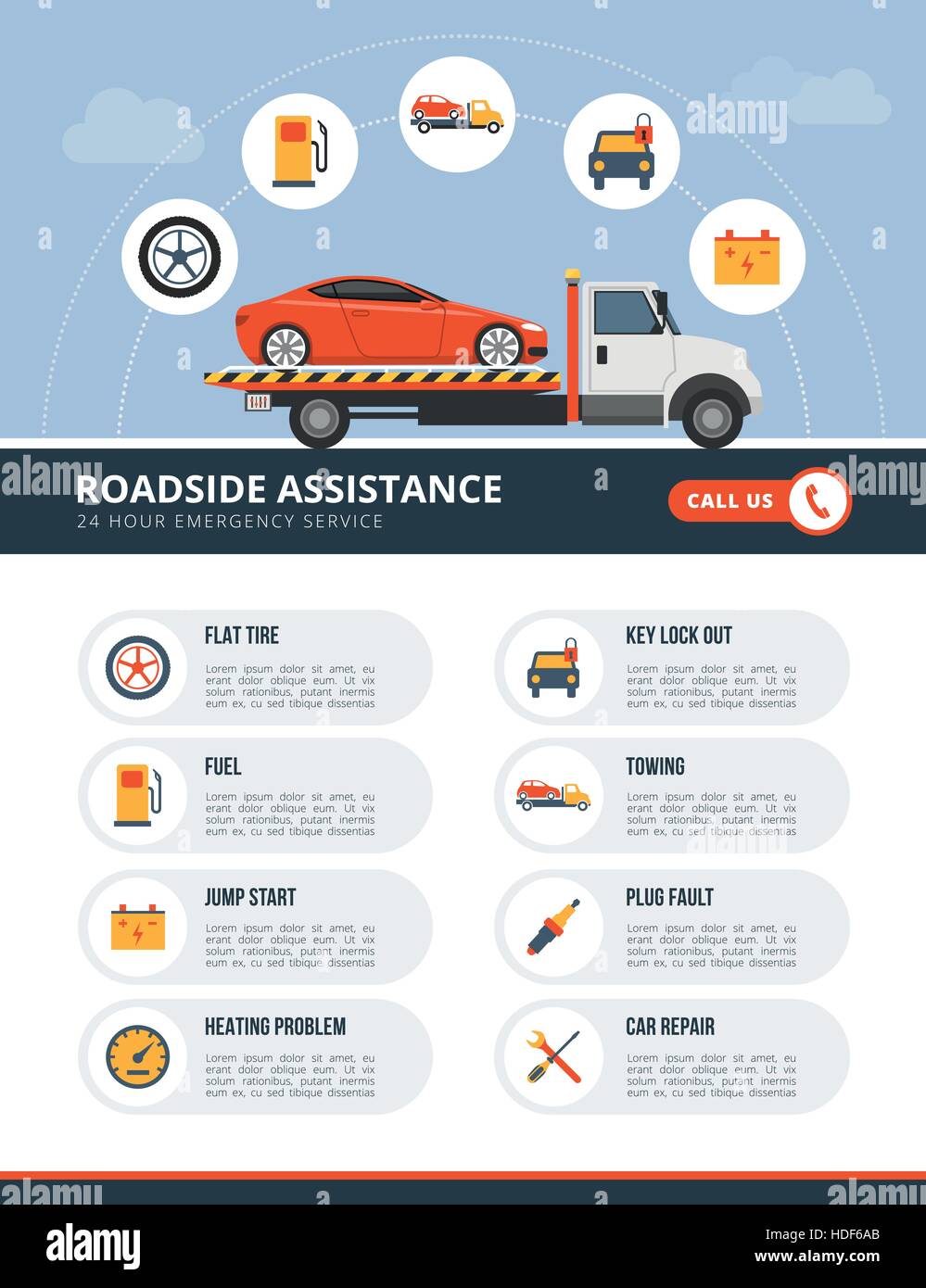Interested In Recognizing The Warning Lights On Your Car'S Dashboard? Discover Their Value For Your Lorry'S Safety And Security And General Problem
Interested In Recognizing The Warning Lights On Your Car'S Dashboard? Discover Their Value For Your Lorry'S Safety And Security And General Problem
Blog Article
Created By-Lauritsen Kejser
When you lag the wheel, those beautiful warning lights on your dashboard can be a bit puzzling. Do you understand what they're attempting to tell you concerning your auto's wellness? Recognizing the significance of these lights is vital for your safety and the longevity of your lorry. So, the next time among those lights pops up, wouldn't you intend to understand its message precisely and take the essential steps to resolve it?
Common Warning Lights and Interpretations
Identify common caution lights in your cars and truck and understand their definitions to guarantee safe driving.
One of the most common caution lights include the check engine light, which signifies problems with the engine or emissions system. If this light comes on, it's essential to have your car checked immediately.
The oil pressure cautioning light shows low oil stress, needing prompt interest to prevent engine damages.
A blinking battery light could suggest a malfunctioning billing system, possibly leaving you stranded if not addressed.
The tire stress monitoring system (TPMS) light informs you to low tire stress, influencing automobile stability and gas effectiveness. Disregarding this might bring about hazardous driving conditions.
The abdominal muscle light suggests an issue with the anti-lock stopping system, compromising your ability to quit rapidly in emergency situations.
Last but not least, the coolant temperature level cautioning light warns of engine overheating, which can cause severe damage otherwise solved promptly.
Recognizing https://abc3340.com/news/local/you-better-hang-on-tight-parts-on-back-order-impacting-car-repair-times-vehicles-supply-shortage-supply-chain-mechanics-labor- will certainly help you resolve problems promptly and preserve risk-free driving conditions.
Value of Prompt Interest
Recognizing the usual warning lights in your car is just the first step; the relevance of immediately attending to these warnings can't be stressed sufficient to guarantee your safety on the road.
When a caution light brightens on your control panel, it's your vehicle's way of communicating a potential concern that requires focus. Ignoring these warnings can result in extra serious issues down the road, endangering your safety and security and potentially costing you much more in repairs.
https://brakes95172.howeweb.com/32724354/remarkably-hassle-free-mobile-car-outlining-services-not-only-conserve-you-money-and-time-yet-likewise-enhance-your-vehicle-s-durability-find-just-how-they-can-change-your-regular to advising lights can stop malfunctions and crashes. For instance, a flashing check engine light can indicate a misfire that, if left unattended, could cause damages to the catalytic converter. Addressing this promptly can save you from a pricey fixing.
In a similar way, a brake system alerting light may signal reduced brake fluid or used brake pads, vital parts for your safety and security when driving.
Do It Yourself Troubleshooting Tips
If you see a warning light on your control panel, there are a few do it yourself troubleshooting suggestions you can attempt prior to looking for professional assistance.
The very first step is to consult your auto's handbook to recognize what the details warning light suggests. Often the issue can be as easy as a loosened gas cap setting off the check engine light. Tightening the gas cap may resolve the problem.
Another usual problem is a reduced battery, which can activate various warning lights. Checking the battery links for corrosion and guaranteeing they're secure might take care of the problem.
If a warning light continues, you can try resetting it by detaching the automobile's battery for a few mins and after that reconnecting it. In addition, checking your automobile's liquid levels, such as oil, coolant, and brake liquid, can aid troubleshoot warning lights associated with these systems.
Verdict
To conclude, comprehending your car's warning lights is important for maintaining your automobile running smoothly and securely. By without delay dealing with these signals and recognizing what they mean, you can prevent pricey repair services and prospective malfunctions.
Bear in mind to consult your vehicle's handbook for particular information on each cautioning light and act accordingly to guarantee a trouble-free driving experience.
Stay educated, stay secure on the road!
